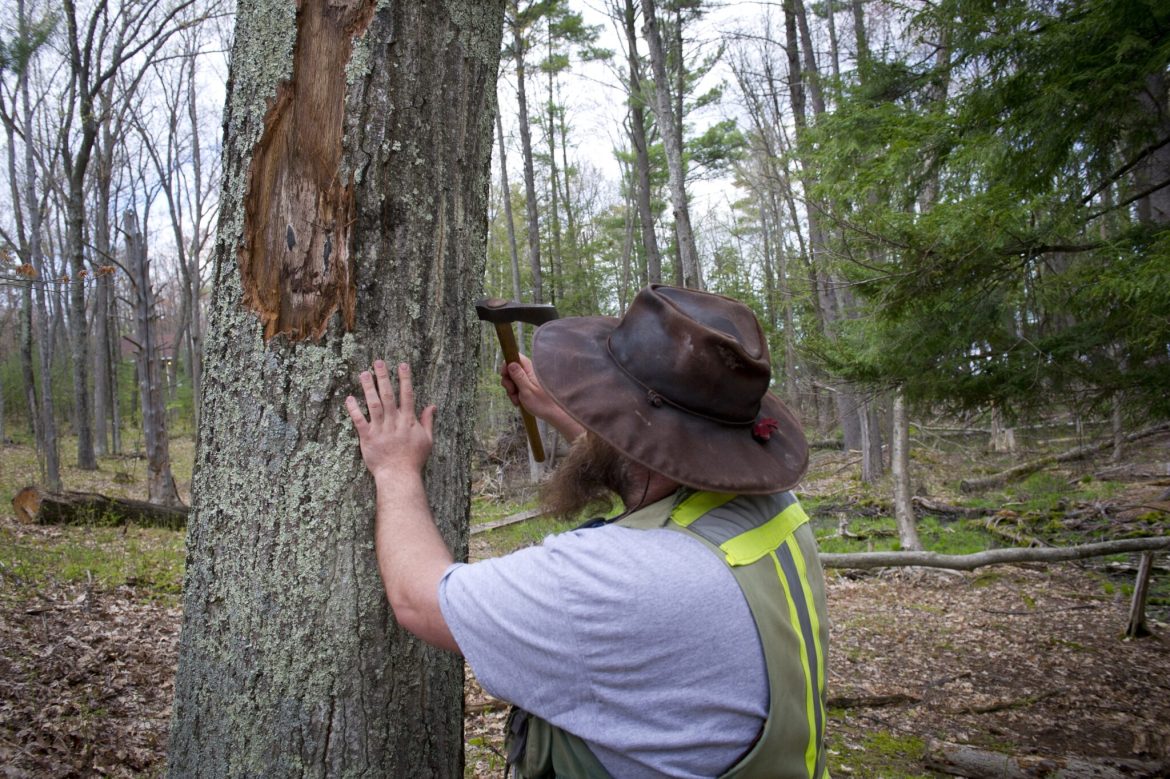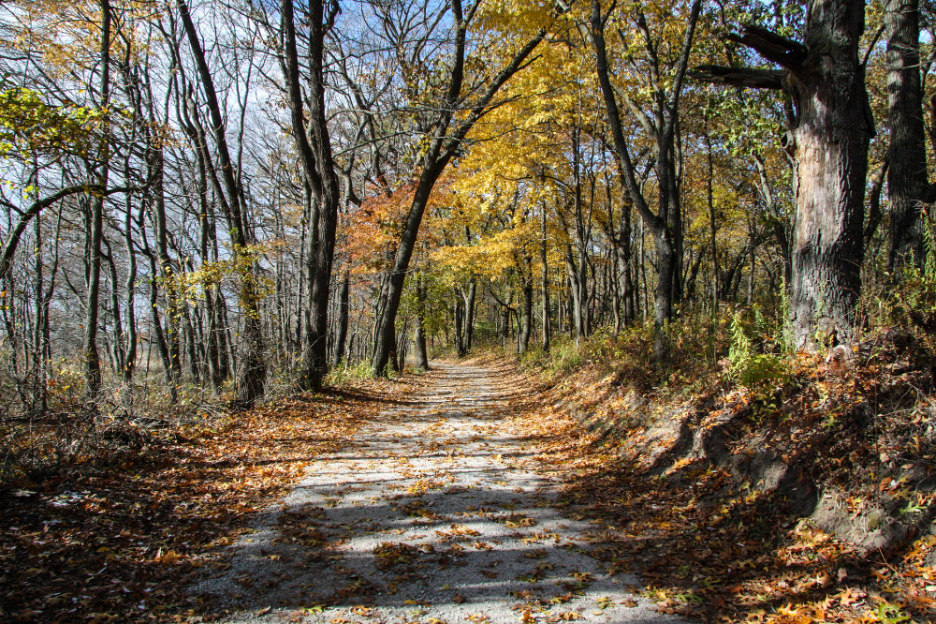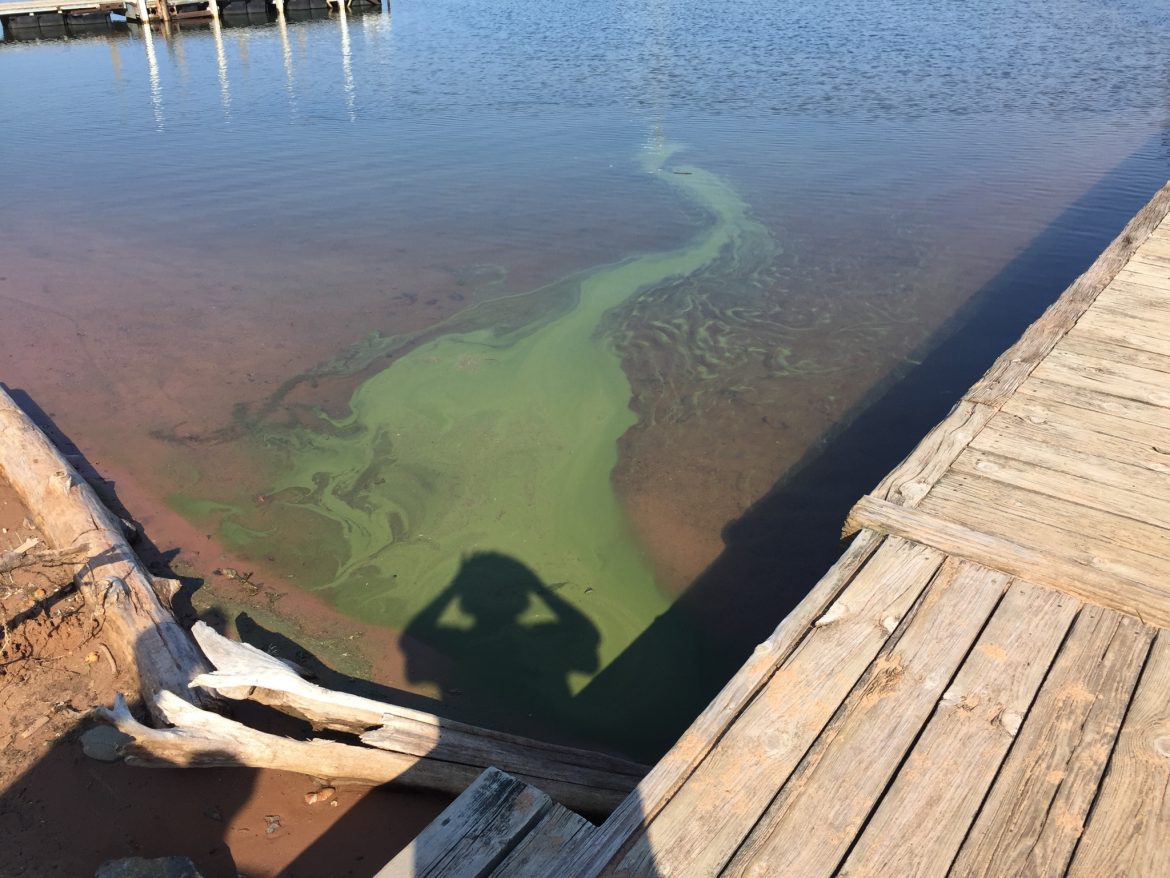Water
Residents in Monroe County take part in outdoor activities along the River Raisin
|
Monroe is split by the River Raisin, which runs directly into Lake Erie. The city’s residents are not shy about taking advantage of its proximity to the water, even if it means fishing in the drainage canal of a power plant. Fishers, young and old, gather at the Monroe fishing site near the DTE Energy Monroe power plant to snag a bite. Fish like the yellow perch and crappie are listed as safe to eat but other fish like carp can contain higher amounts of chemicals and fishers are urged not to consume them too often. Further upstream the River Raisin, the Old Mill Museum invites visitors to learn about its history serving as a hydroelectric power plant and even a Ford factory.









